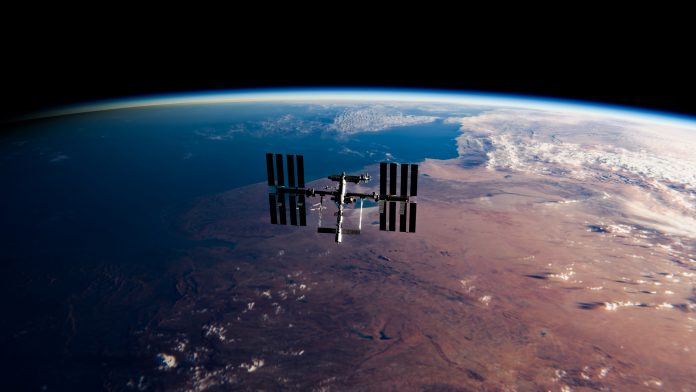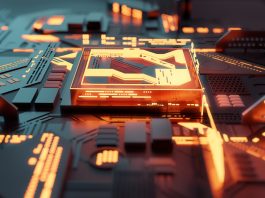The Johannes Gutenberg University Mainz (JGU) will work collaboratively with several other universities to develop a laser system for the BECCAL experiment, to study ultracold atoms on board the International Space Station (ISS).
What is the BECCAL experiment?
The BECCAL experiment first launched in December 2021 and was titled the ‘Development of a laser system for experiments with Bose-Einstein condensates on the ISS within the BECCAL payload’ project.
The BECCAL experiment is a descendant of the CAL project, which has conducted numerous experiments aboard the ISS since 2018. BECCAL is intended to enhance the experimental capabilities on board the ISS, especially in the fields of precision atomic interferometry and the manipulation of atoms with detuned optical fields.
The experiment employs a multi-user platform that will be open to numerous national and international scientists to aid them in testing their theories in practice; experiments will be conducted on board the ISS using ultracold atoms for fundamental research and the development of quantum sensors in the future.
The platform will permit scientists to conduct a range of experiments in fields such as quantum sensing, quantum information, quantum technology, and quantum optics.
An additional improvement of the overall performance is being sought by the implementation of new technological approaches to preparing atomic ensembles. The payload is scheduled for launch in early 2026 and will directly replace the CAL apparatus in the ISS Destiny module.
Why is this being launched on the ISS?
The transport of the BECCAL payload to the ISS will offer the unique combination of weightlessness, accessibility, and a large number of experiments. This means that scientists will be able to carry out high-precision experiments, such as testing Einstein’s equivalence principle, and developing quantum technology.
“Ideally, the experiments require the ultracold atom cloud to be completely free of any forces. Weightlessness permits such conditions,” said Dr André Wenzlawski from the Windpassinger group at Mainz University.
What experiments will BECCAL make possible?
In the subproject, which has been funded with €3.4m, the collaborative team will work together to develop and realise a Zerodur-based optical splitting and switching system and implement it into the BECCAL payload.
These developments will draw on the findings of numerous previous experiments conducted in microgravity conditions, such as MAIUS, QUANTUS, and KALEXUS, in all of which JGU participated in.
“These experiments have allowed us to lay the technological foundations for running such an extremely complex experiment as well as to perform initial fundamental tests on the feasibility of the envisaged experiments,” said Wenzlawski.
The robust laser modules necessary for the experiment are being supplied by the Ferdinand-Braun-Institut (FBH), which is currently manufacturing 55 of the narrow-band laser sources. Additionally, Humboldt-Universität Zu Berlin is coordinating the integration of these laser modules along with the optical beam splitting and switching benches into a compact overall system.
The project is being financed by the German Space Agency of the German Aerospace Center (DLR) with funding from the German Federal Ministry for Economic Affairs and Climate Action, following a resolution by the German Bundestag.









